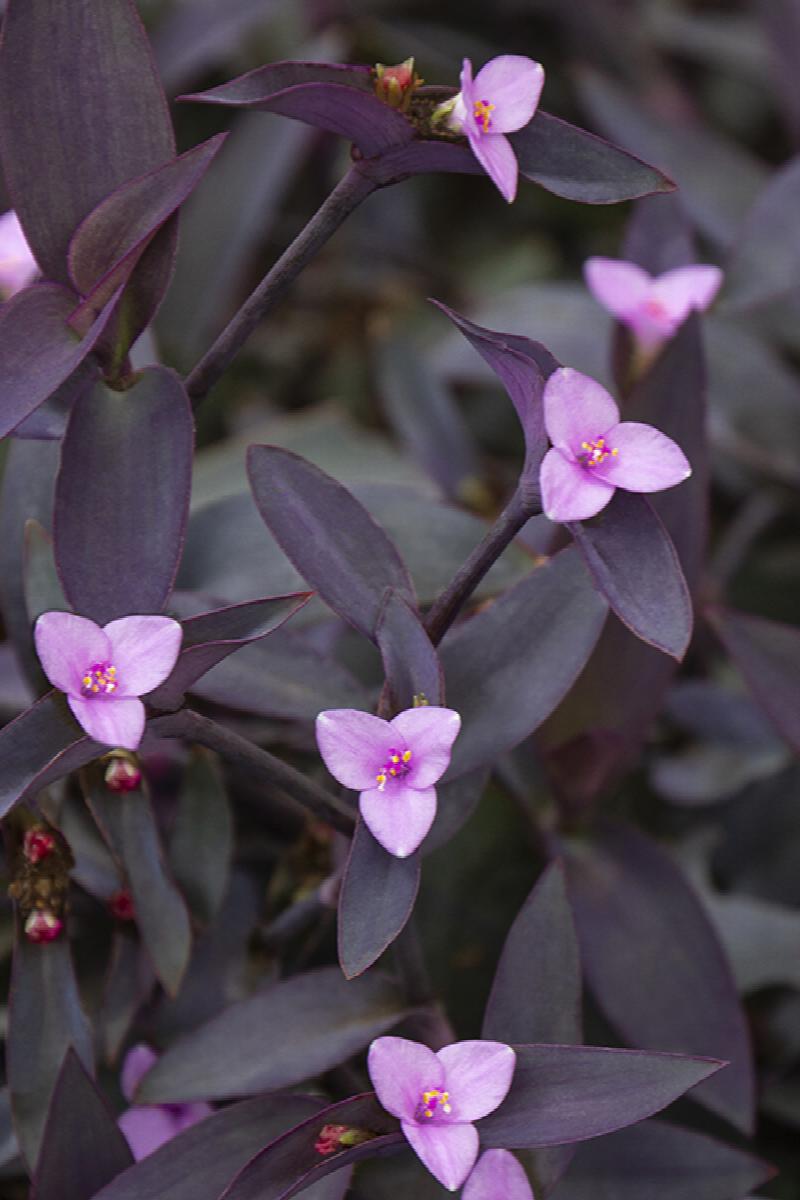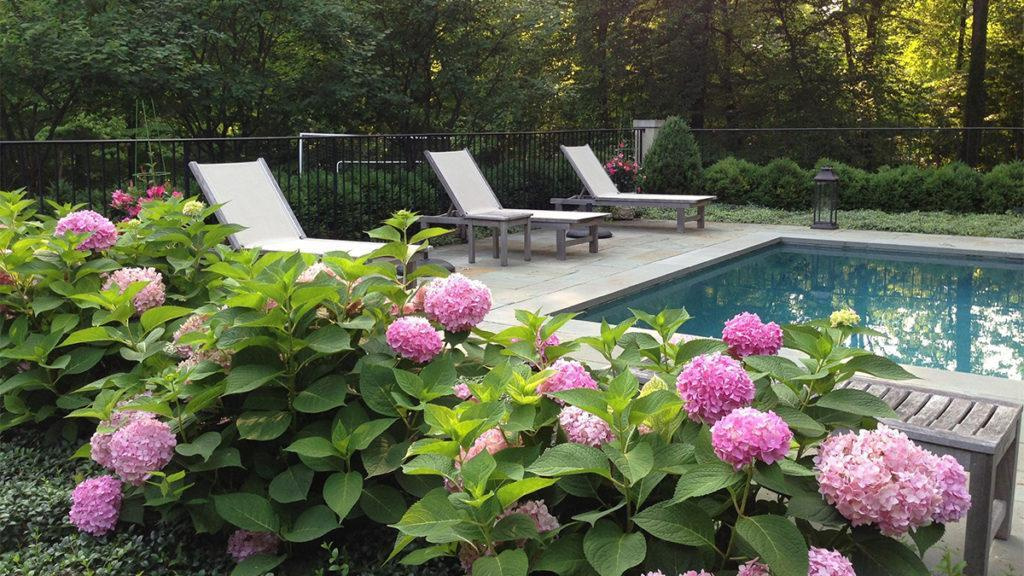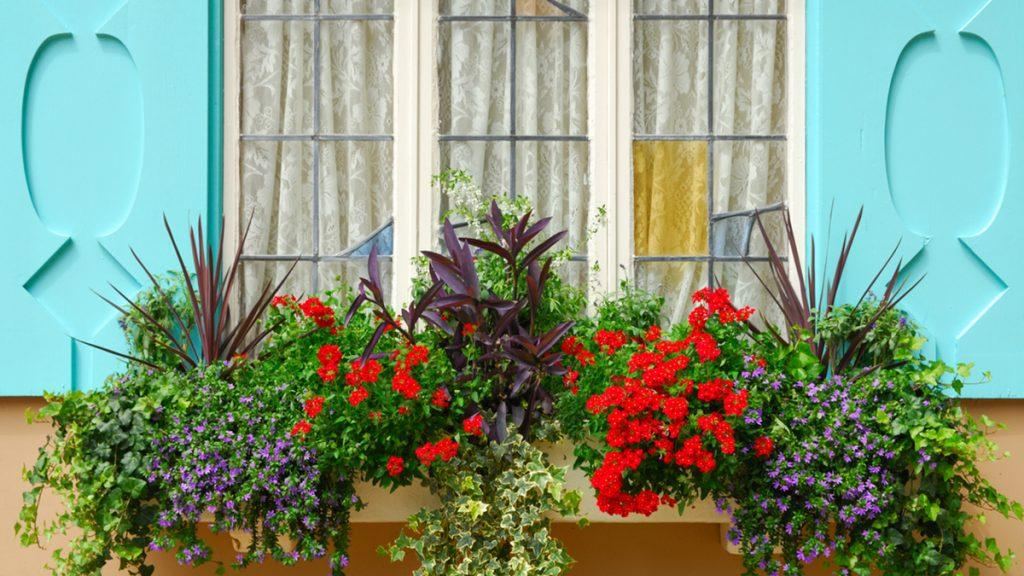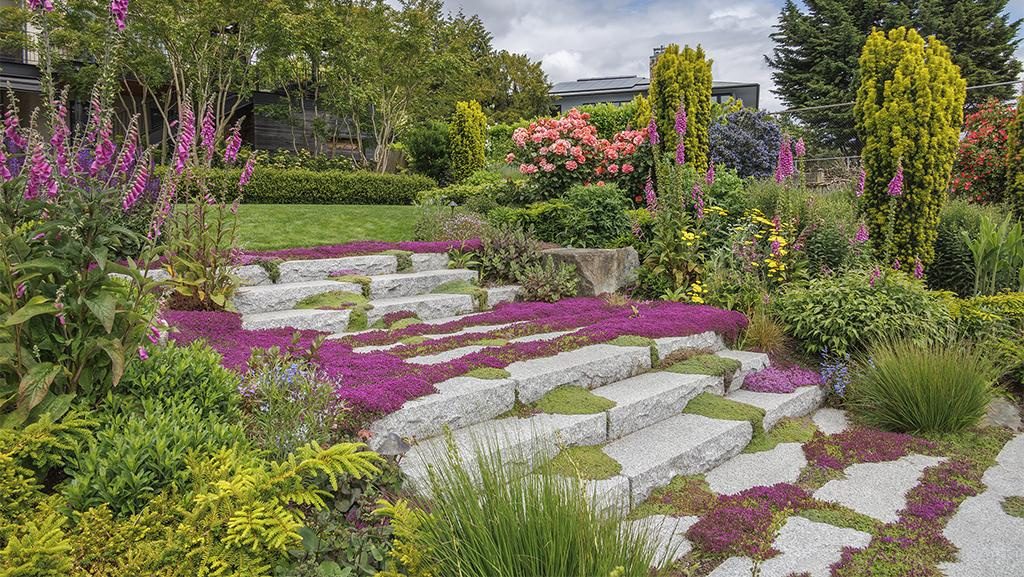Purple Heart
Setcreasea pallida
SKU #01188
| Description | Stunning purple, lance-shaped leaves on vigorously spreading stems are accented by small pale purple flowers. Dies back in cold weather then vigorously returns in spring. Heat and drought tolerant. Great for low maintenance areas, rock gardens and mixed borders. Cascades nicely over the edge of a hanging basket. Evergreen in mild winter climates. |
|---|---|
| Light | Filtered sun, Full sun, Partial shade, Partial sun |
| Watering | Water when top inch of soil is dry. |
| Blooms | Summer |
| Mature Size | Quickly reaches 12 to 18 in. tall and wide. |
| Deciduous/Evergreen | Herbaceous |
|---|---|
| Special Features | Dramatic Foliage Color, Easy Care, Waterwise, Fast Growing |
| Problems/Solutions | Coastal Exposure, Deer Resistant, Rabbit Resistant |
| Growth Rate | Fast |
| Landscape Use | Border, Container, Poolside, Ground Cover, Edging |
|---|---|
| Design Ideas | A stunning plant for frost free gardens used as a groundcover. Can fill beds on sheltered locations or be mixed into tropical plantings to add purple foliage color. Great choice for hanging baskets or dangling off the edges of pots. Nestles well into boulders and particularly attractive trailing around rock waterfalls. Color makes a stunning addition to minimal modern gardens. |
| Flower Color | Purplish-pink |
| Foliage Color | Purple |
| Companion Plants | Flax Lily (Dianella); Lantana (Lantana); Cranesbill (Geranium); Phormium (Phormium); Mandevilla (Mandevilla) |
| Care | Provide enriched, well-drained soils. Best foliage color in full sun; protect from harsh afternoon sun exposures in hotter summer regions. Water regularly in first growing season to establish root system. Once established, tolerates moderate drought in cooler climates; benefits from continued regular water in warmer regions. |
|---|
| Lore | The purple coloring of these leaves are due to chemicals known as anthocyanins, which are the same ones that give beets and eggplants a similar color. |
|---|
This Plant's Growing Zones: 7-11
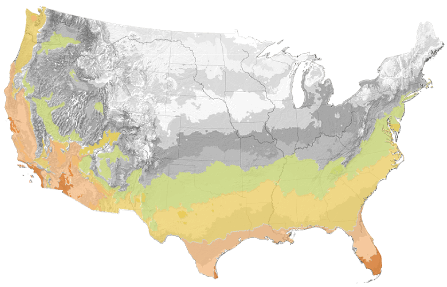
Your USDA Cold Hardiness Zone:
Your climate may be too cold for this plant
Buy Online
We cannot currently ship this product to your zip code.
Buy Locally
No Retailers found within 50 miles of your zipcode
About Us
We have been pioneers and craftsmen in the art of growing plants for nearly
100 years. Since our founding in Southern California by Harry E. Rosedale, Sr.
in 1926, we have been absolutely dedicated and obsessed with quality.
We have been pioneers and craftsmen in the art of growing plants for nearly 100 years. Since our founding in Southern California by Harry E. Rosedale, Sr. in 1926, we have been absolutely dedicated and obsessed with quality.
